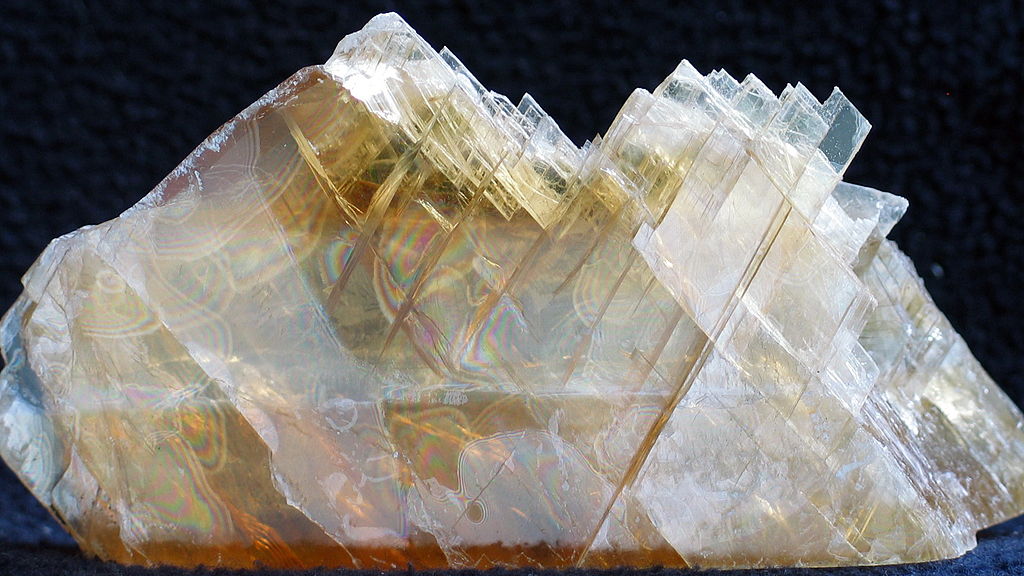Gypsum Mineral info Chemical Man
Gypsum is a soft sulfate mineral composed of calcium sulfate dihydrate, with the chemical formula CaSO4·2H2O. It is widely mined and is used as a fertilizer, and as the main constituent in many forms of plaster, blackboard chalk and wallboard. A massive fine-grained white or a lightly tinted variety of gypsum, called alabaster, has been used for a sculpture by many cultures including Ancient Egypt, Mesopotamia, Ancient Rome, the Byzantine Empire and the Nottingham alabasters of Medieval England. Mohs scale of mineral hardness, based on scratch hardness comparison, defines hardness value 2 as gypsum. It forms as an evaporite mineral and as a hydration product of anhydrite.
Gypsum is a common mineral, with thick and extensive evaporite beds in association with sedimentary rocks. Deposits are known to occur in strata from as far back as the Archaean eon. Gypsum is deposited from a lake and sea water, as well as in hot springs, from volcanic vapors, and sulfate solutions in veins. Hydrothermal anhydrite in veins is commonly hydrated to gypsum by groundwater in near-surface exposures. It is often associated with the minerals halite and sulfur. Gypsum is the most common sulfate mineral. Pure gypsum is white, but other substances found as impurities may give a wide range of colors to local deposits.
Commercial quantities of gypsum are found in the cities of Araripina and Grajaú in Brazil; in Pakistan, Jamaica, Iran (world's second largest producer), Thailand, Spain (the main producer in Europe), Germany, Italy, England, Ireland, Canada and the United States. Large open pit quarries are located in many places including Fort Dodge, Iowa, which sits on one of the largest deposits of gypsum in the world,[citation needed] and Plaster City, California, United States, and East Kutai, Kalimantan, Indonesia. Several small mines also exist in places such as Kalannie in Western Australia, where gypsum is sold to private buyers for additions of calcium and sulfur as well as reduction of aluminum toxicities on soil for agricultural purposes.
Crystals of gypsum up to 11 m (36 ft) long have been found in the caves of the Naica Mine of Chihuahua, Mexico. The crystals thrived in the cave's extremely rare and stable natural environment. Temperatures stayed at 58 °C (136 °F), and the cave was filled with mineral-rich water that drove the crystals' growth. The largest of those crystals weighs 55 tons and is around 500,000 years old.
if you have any query regarding the product you can feel free to contact us on Email:-vizagchemical@gmail.com


Leave a comment